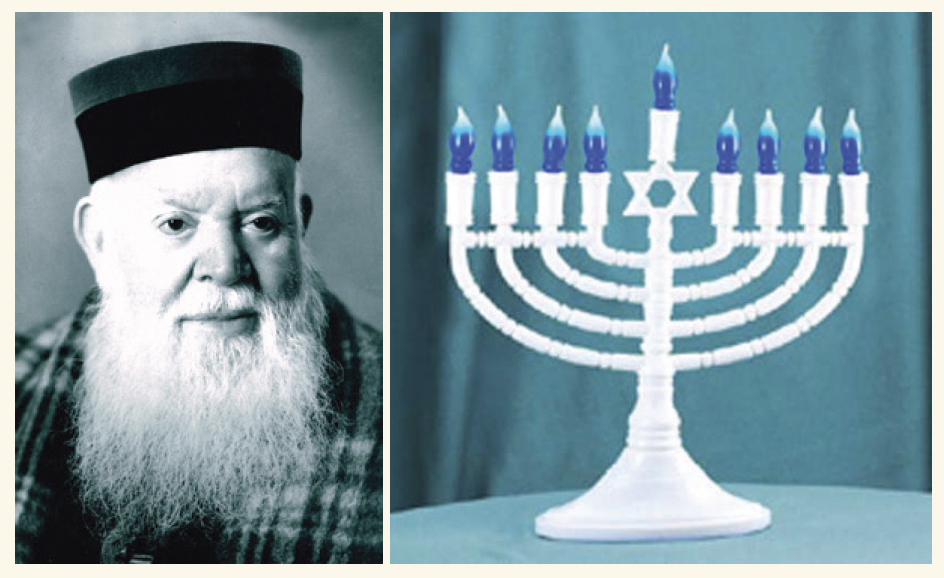Did you hate Fran Drescher in “The Nanny” because she was, well, such a stereotype? And what side were you on in the bitter 1972 cultural war that emerged after “Bridget Loves Bernie” became the fifth most-watched television series, only to be canceled because Jewish religious groups alleged it was soft on intermarriage?
“Is it good for the Jews?” has been the habitual — and, for some viewers, inescapable — question that doggedly haunts discussions of representations of Jews and Judaism on TV. But as two new books on Jews and television illustrate, this may not always be the best question.
David Zurawik’s “The Jews of Prime Time” (Brandeis University Press, $29.95) and Vincent Brook’s “Something Ain’t Kosher Here: The Rise of the ‘Jewish’ Sitcom” (Rutgers University Press, $60) provide a wonderful overview of how Jewish themes and characters have been portrayed on television from the late 1940s to the present.
The significant difference between Zurawik’s and Brook’s analyses is that the former is far more concerned over the questions of “positive” and “negative” images of Jewish characters. In chapter after chapter, Zurawik charts how Jewish women and men have been saddled with blatant stereotypes — from the constant “feminization” of Uncle David on “The Goldbergs” to Grace, of “Will & Grace,” an “incredibly neurotic [woman] constantly on the verge of hysteria.”
Brook, meanwhile, emphasizes how “Jewish-themed” shows fit into the broader scope of American popular culture. He writes quite insightfully, for instance, on the relationships of Jewish performers and material — from Al Jolson’s use of blackface in the 1920s to the connection of the characters on “Brooklyn Bridge” to black music — to African American culture. His chapter “Gayface (and Jewface) on Will & Grace” is a fine example of the merits and pitfalls of what he calls the “multiculturalist project.”
As surveys of the place of Jewish images in contemporary popular culture, however, both books are indispensable. While Zurawik’s “Is it good for the Jews?” approach is an important place to begin this discussion, Brook’s more multicultural take is an important, vital continuation of these ideas.
Michael Bronski’s latest book is “Pulp Friction: Uncovering the Golden Age of Gay Male Pulps” (St. Martin’s, 2003).






















 More news and opinions than at a Shabbat dinner, right in your inbox.
More news and opinions than at a Shabbat dinner, right in your inbox.